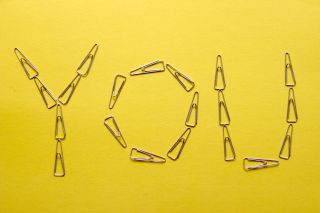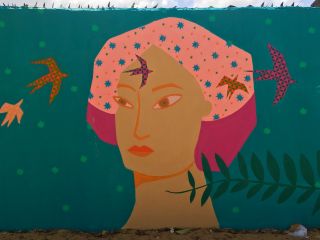MIDLIFE- Why You Find Yourself Rethinking Everything at Midlife. Self-reflection is a vital part of the midlife journey. Reviewed by Davia Sills

KEY POINTS-
- The midlife years are all about one figuring out who they've been, who they are, and who they hope to become.
- Pausing to take stock of how much one has learned and grown as a human can be tremendously life-affirming.
Midlife tends to be a time of intense inner reflection: a time of life when you’re likely to find yourself connecting the dots between who you’ve been, who you are, and who you are becoming. In the words of midlife scholar Sharon Wray, it’s a life stage when “past, present, and future intersect.”
While that can sound a bit overwhelming, the good news is that you’ve been here before. You’re basically revisiting the identity quest of adolescence but with a few more decades of living under your belt.

The brilliance of the midlife brain
These days, I find myself being drawn to books written by midlife authors—and, in particular, books written by midlife authors who are willing to challenge and build upon the thinking of their younger selves. How could I not be? Watching that process unfold opens up so many exciting possibilities for me as a midlife person.
Take, for example, the approach that author Ursula K. Le Guin chose to use when she was assembling the essays, articles, and speeches for her anthology Dancing at the Edge of the World: Thoughts on Words, Women, Places. The book, which was published in 1989, is the product of many decades worth of writing—a period of time when Ursula K. Le Guin the person changed and evolved alongside Ursula K. Le Guin the writer.
I love the fact that Le Guin, who celebrated her 60th birthday the year this book hit the bookstore shelves, chose to treat the publication of this anthology as an opportunity to revisit some of her earlier work and to reflect on what she might have handled differently if she’d been writing that same piece at a later date.
In addition to including the original version of each piece of writing, she also offered a running commentary where she highlighted the many ways her thinking has evolved over the years.
“It doesn’t seem right or wise to revise an old text severely, as if trying to obliterate it, hiding the evidence that one had to go there to get here,” she noted in the book, as a means of explaining her process to her reader. “It is rather in the feminist mode to let one’s changes of mind, and the processes of change, stand as evidence—and perhaps to remind people that minds that don’t change are like clams that don’t open.”
She’s basically inviting the reader to journey alongside two different versions of herself: the person she was when she initially wrote each piece and the person she has since become.

Taking stock of your own learning and growth
Le Guin’s approach to writing this book offers a powerful reminder that we, too, can pause to reflect on our own learning and growth. After all, you’re not just sleep-walking your way through life: You’re continuing to learn and grow every step of the way.
Witnessing your own growth can be tremendously life-affirming. It’s one of the many gifts of being human: being able to interrogate your own thinking and to ask yourself important questions like, “Is that actually true?” and “Do I still feel that way?”
Le Guin reminds us that it’s OK to change your mind.
In fact, it’s more than OK.
It’s a vital part of being human.
- Questions and Answers
- Opinion
- Story/Motivational/Inspiring
- Technology
- Art
- Causes
- Crafts
- Dance
- Drinks
- Film/Movie
- Fitness
- Food
- Oyunlar
- Gardening
- Health
- Home
- Literature
- Music
- Networking
- Other
- Party
- Religion
- Shopping
- Sports
- Theater
- Wellness
- News
- Culture
- War machines and policy

